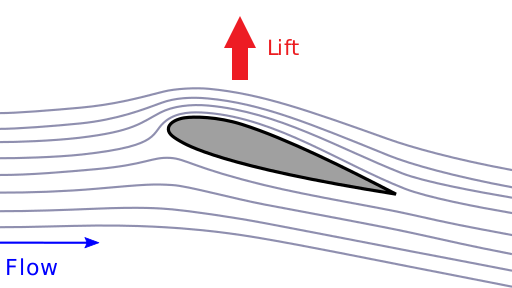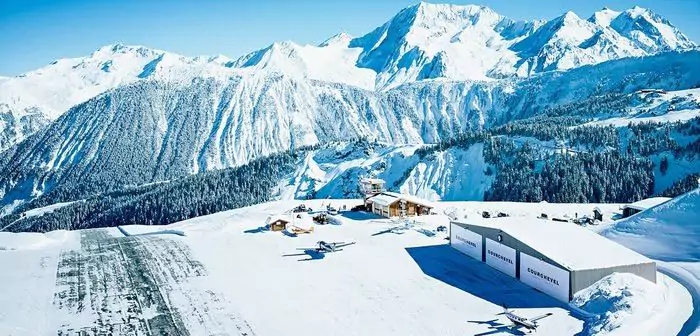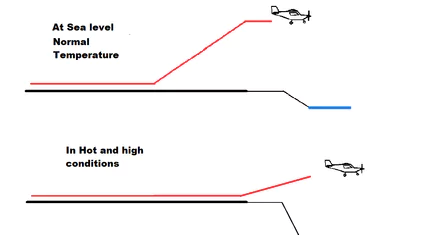By Julia Tichawa
Before each flight, our operational team at Fly Aeolus checks the technical conditions for take-off and landing. In order for an aircraft to land or take off, the runway must be long enough. How much runway is needed depends on several factors, which we assess before making a quote and commitment to our customers. Also we will answer the question “How long does a runway need to be for a small plane?”
Incidentally, the world’s shortest runway is only 400 meters long and is located in Saba in the Caribbean.
Dynamic lift of an aircraft
In short, the required landing and runway length depends on the dynamic lift of an aircraft – specifically the dynamic lift of an aircraft’s wing. Let us explain why. First of all, you need to understand that the strength of the lift, is strongly related to the air density, speed and the shape of the wings.

The required lift for take-off or landing on the other hand depends on the weight of the passengers, the luggage, and the required fuel amount. The more weight needs to be carried, the more lift would be needed which equates in a need for more speed and a higher air density for a specific aircraft. So an aircraft would need more or less runway to generate the right velocity to generate the required lift.
How does air density influence the choice of the airport?
At airports at higher altitudes, for example in the Dolomites, an aircraft would need longer runways to take off or land. This is due to the lower air density, which decreases with increasing altitude. We could compensate for this by taking less weight or less fuel on board. The latter could mean that we would have to make a refueling stop on the way to our final destination.
Read more about weight limits on private jets in our Weight and Balance blog.

By the way, the highest airport is located in Daocheng Yading in China and is about 4411 meters above sea level. This airport has a runway length of 4,200 m. For comparison: If we land our Cirrus SR22 at sea level, we need a runway length of approx. 317 metres (at 10 degrees Celsius). If we land at the maximum possible altitude of 3000 metres, we need twice the runway area, namely 857 metres.
So this is one of the many answers to “How long does a runway need to be for a small plane?”.
How does temperature influence the choice of airport?
In aviation there is the term “hot and high”. This term describes the special atmospheric condition under exactly these conditions. `We have now already covered the term “high” in the previous paragraph. The term “Hot” describes the temperature effect on the length of the runway. If the temperature on the ground is higher, the air density decreases because air expands at high temperatures. Thus, lift is also reduced and our private jet requires a longer runway.
The airport in Dubai is one of the hottest in the world. Here, temperatures can reach up to 50 degrees Celsius in the summer, which has a huge impact on air density.

So that our team does not have to calculate the length for the different private jets over and over again, there are manuals for exactly this information. Also for our Cirrus SR22 aircraft. Based on the corresponding table which includes the altitude and temperature of the airport, it gives us the minimum runway length required for take off or landing. So here you can see, how long a runway need to be for a small plane.

Fly by private jet to the airport of your choice
We hope that we have answered your question “How long does a runway need to be for small planes?” and were able to give you a little insight into our daily work. You still have questions regarding private jets ? Then check our blog about all the answers for your questions when hiring an air taxi.
Now with a little knowledge of flight physics, nothing stands in the way of your journey to the heights. Would you rather land at sea level in London, Vienna, Budapest or other top cities in Europe? Or are you heading for the Dolomites? Whichever destination you choose, we’ll find you a small, regional airport close to your destination to save you money and time.
We will be happy to fly you to your desired destination and ensure a stress-free journey to your destination. Try our price calculator for your next trip.
For more information, you can email us at info@flyaeolus.com or call us at +32 (0)3 500 9082.